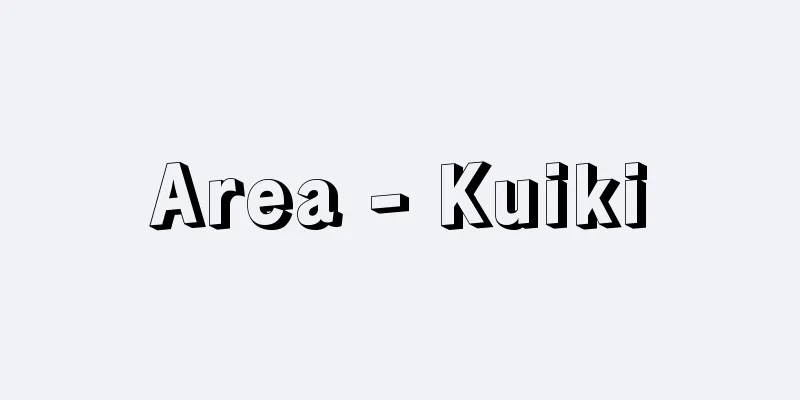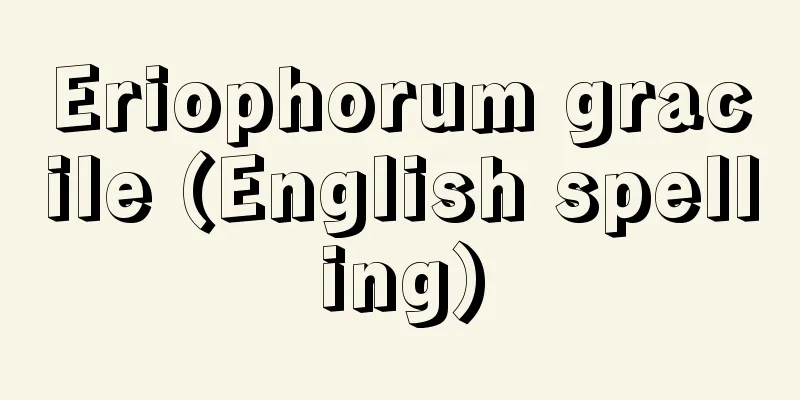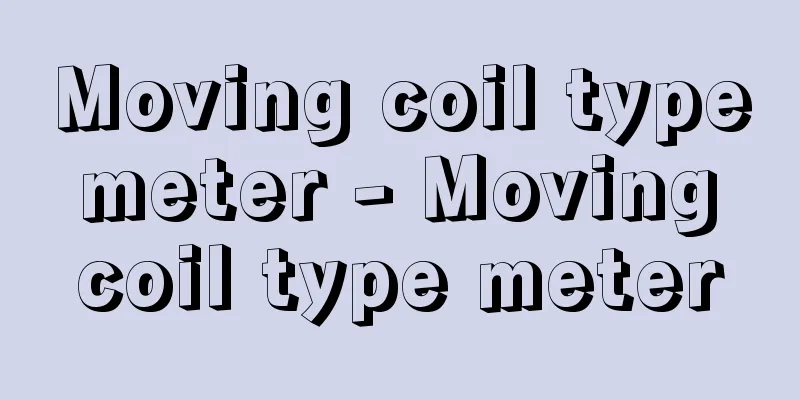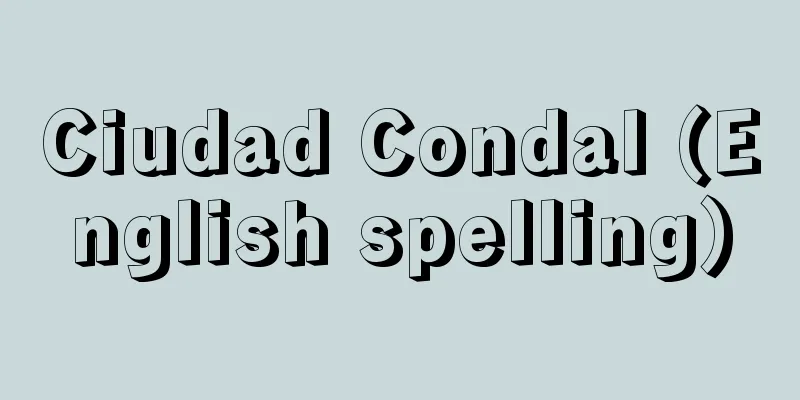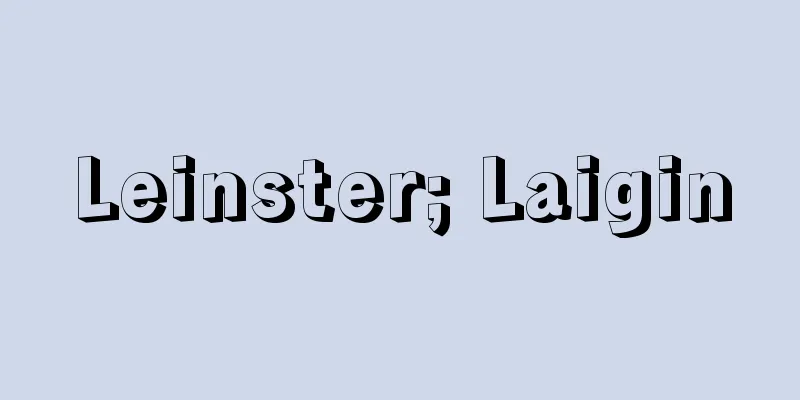Compton - Arthur Holly Compton

|
American physicist. Born September 10th in Worcester, Ohio. Studied at Worcester College (where his father, Elias Compton (1856-?), was professor of philosophy and president) and graduate school at Princeton University. After working as a physics lecturer at the University of Minnesota and a researcher at the Westinghouse Laboratory, he worked under Rutherford at the Cavendish Laboratory at Cambridge University as a researcher at the National Research Council (1919-1920). In 1920, he became a professor of physics at Washington University in St. Louis, where he studied the phenomenon of X-ray scattering. In 1922, he discovered the "Compton effect" and succeeded in theoretically elucidating it based on A. Einstein's light quantum hypothesis, giving the famous Compton scattering formula. This not only clearly demonstrated the particle nature of X-rays, but also became one of the experimental foundations of today's quantum mechanics theory, which was developed and formed in the late 1920s. For his discovery of the Compton effect, he was awarded the Nobel Prize in Physics in 1927 at the age of 35. In 1923, he became a professor of physics at the University of Chicago, where he served as chairman of the Department of Physics and dean of the School of Science. He studied total reflection of X-rays, polarization phenomena, and precise determination of electron density and electron charge. He also studied cosmic rays, elucidating the "latitude effect," which led to the study of the interaction between cosmic rays and the Earth's magnetic field. During this time, he served as president of the American Physical Society and the Association of American Scientists. In 1941, he became head of the scientific department of the Office of Scientific Research and Development, which was promoting the atomic bomb project. From 1942 to 1945, under the Manhattan Project, he worked with Fermi and others to oversee the development of a nuclear fission reactor at the University of Chicago's "Metallurgical Laboratory" (a code name for confidentiality purposes, Compton was director), and the construction of a plutonium production reactor at Hanford (which produced plutonium for the Nagasaki atomic bomb), and was instrumental in the development of the atomic bomb. He also participated in the government's decision to use the atomic bomb against Japan with his brother, Karl Taylor (1887-1954), who was president of MIT. When we consider the horrific consequences of Hiroshima and Nagasaki and the danger of nuclear war today, the above raises fundamental questions about the social responsibility of scientists that concern the future of humanity. After World War II, he returned to St. Louis as president of Washington University (1945-1953), where he served as Distinguished Professor Emeritus of Natural Philosophy (1953-1961), and served on many academic societies and committees. He died on March 15, 1962 in Berkeley, California. [Otomo Akio] "The Search for the Atom" by A.H. Compton, translated by Akira Naka et al. (1959, Hosei University Press) " "Nobel Prize Lectures on Physics 4" edited by Seitaro Nakamura and Tsuneji Konuma (1979, Kodansha) [References] | | | | |Source: Shogakukan Encyclopedia Nipponica About Encyclopedia Nipponica Information | Legend |
|
アメリカの物理学者。9月10日オハイオ州ウースターに生まれる。ウースター・カレッジ(父エリアス・コンプトンElias Compton(1856―?)が哲学教授で学長であった)、プリンストン大学大学院で学び、ミネソタ大学物理学講師、ウェスティングハウス研究所研究員を経て、国立研究会議研究員としてケンブリッジ大学キャベンディッシュ研究所のラザフォードのもとで研究(1919~1920)。1920年セントルイスのワシントン大学の物理学教授となり、X線散乱現象を研究。1922年「コンプトン効果」を発見、A・アインシュタインの光量子仮説を土台として理論的解明に成功、有名なコンプトン散乱式を与えた。これは、X線の粒子性を明示するとともに、1920年代後半以降に展開、形成された今日の量子力学理論の実験的基礎の一つとなるものである。コンプトン効果の発見により1927年、35歳でノーベル物理学賞を受賞した。 1923年シカゴ大学物理学教授となり、物理学科主任、理学部長を務め、X線の全反射、偏光現象を研究、電子密度・電子電荷の精密な決定などを行った。また宇宙線の研究に従事、「緯度効果」を明らかにし、宇宙線と地球磁場との相互作用の研究の契機をつくった。この間、アメリカ物理学会、アメリカ科学者協会などの会長を歴任した。1941年原子爆弾計画を進める科学研究開発局の科学部門責任者となり、1942~1945年マンハッタン計画のもとに、フェルミらと共同してシカゴ大学「冶金(やきん)研究所」(機密保持のための暗号名。コンプトンが所長)における核分裂原子炉開発、およびハンフォードのプルトニウム生産原子炉(長崎原爆のプルトニウムを製造)建設の統括指導にあたり、原子爆弾の開発に尽力した。また対日原爆使用についての政府決定に兄のテーラーKarl Taylar(1887―1954)(MIT学長)とともに参画した。以上のことは、広島、長崎の凄惨(せいさん)な結果と、今日の核戦争の危険を考えるとき、科学者の社会的責任について、人類の将来にかかわる根源的問題を提起する。 第二次世界大戦後、ワシントン大学総長(1945~1953)としてセントルイスに戻り、自然哲学の特別名誉教授を務め(1953~1961)、多くの学会や委員会に奉仕した。1962年3月15日カリフォルニア州バークリーで死去。 [大友詔雄] 『A・H・コンプトン著、仲晃他訳『原子の探求』(1959・法政大学出版局)』▽『中村誠太郎・小沼通二編『ノーベル賞講演物理学4』(1979・講談社)』 [参照項目] | | | | |出典 小学館 日本大百科全書(ニッポニカ)日本大百科全書(ニッポニカ)について 情報 | 凡例 |
>>: Comptonia (English spelling)
Recommend
Bioassay (English name)
Also known as biological assay. This is a method f...
The Rule of the Congregational Brothers and the Remedy for the Eight Major Vices - The Rule of the Congregational Brothers and the Remedy for the Eight Major Vices
…He founded two monasteries, one for men and one ...
isolate
...Apple, orange, pineapple, grape, etc. (5)Isola...
Vaballathus
…Odaenathus defeated the Sassanid Persians, who w...
Reversible element
…(3) Inverse element For an element a in a ring A...
Kavaratti
…Minicoy Island, located south of the Nine Degree...
Dutch East Indies - Nederlandsche Oost-Indië
Names of Indonesian regions during the Dutch colon...
Kuzu
The former name of a town (Kuzumachi) in Aso Dist...
Oyada - Oyada
...A city located in the central-southern part of...
Uji Korenobu - Uji Korenobu
…The Teno Burial Mounds in Aso Valley are said to...
Saratoga Springs
A resort town in the eastern part of New York Stat...
Totocalcio (English spelling) totocalcio Italian
A betting game in which you pay an entry fee to p...
Tevis, W.
…Robert Rossen (1908-66), who won the Academy Awa...
Judicial state - Shihokokka
Under the principle of separation of powers, it r...
Seinaiji [village] - Seinaiji
A village in Shimoina County, southern Nagano Pref...

